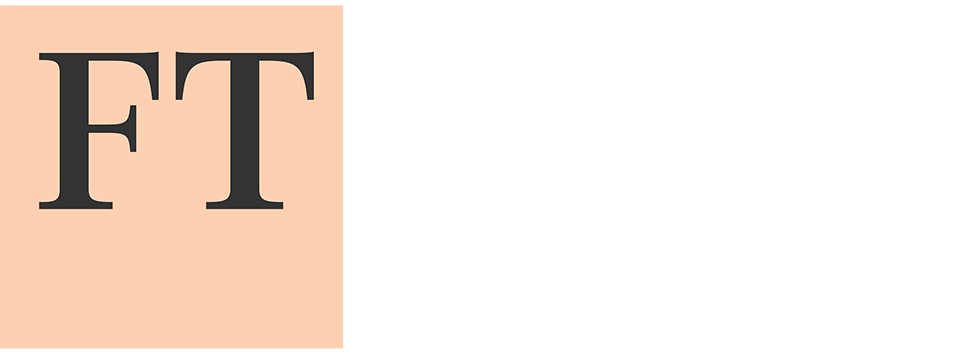
Premium Members
The FT Tech for Growth Forum is supported by HCLTech and Lenovo, our premium members, who help to fund the reports.
Our members share their business perspective on the forum advisory board. They discuss topics that the forum should cover but the final decision rests with the editorial director. The reports are written by a Financial Times journalist and are editorially independent.
Members’ views stand alone. They are separate from the FT and the FT Tech for Growth Forum.
To fine-tune your AI model, attune to diversity
Calvin Crosslin, Chief Diversity Officer, Lenovo
In recent years, companies have become increasingly concerned about the potential risk of algorithmic bias: hidden discrimination in decision-making caused by data automation. Today, the explosion of interest in GenAI technologies has upped the stakes, creating new considerations from a diversity, equity and inclusion (DE&I) perspective.
On a purely mechanical level, LLM technologies could be seen to create a new barrier to diversity. Although they are trained on data that comprises multiple sources and perspectives, GenAI models make from these a sort of ‘average’ or ‘typical’ response. By design, the content they produce is less diverse than its original source materials. At worst, managers could use this output to inform their decision-making in ways that reproduce already existing systemic biases.
But GenAI can also be a tool that is supportive of inclusion, such as by simplifying technical language that some users may otherwise find inaccessible. As an application, this is tremendously powerful. Information and communication hurdles exist everywhere and have a bearing on the jobs and opportunities that each of us can access. AI has enormous potential to weaken these barriers and clear the way for underrepresented talent.
At Lenovo, we are actively exploring how AI can improve the accessibility of work. Our software developers in Brazil worked with Brazilian innovation center CESAR to develop a translation tool between Libras (Brazilian sign language) and spoken Portuguese. In Raleigh, North Carolina, we partnered with Engage NC and 321 Coffee to build a coffee roastery that is accessible for people with intellectual and developmental disabilities. And Lenovo is collaborating with DXC and the Scott-Morgan Foundation to develop assistive technology solutions for individuals with disabilities and chronic conditions, including a text prediction tool to improve communication speed and reliability for people who can’t use keyboards or voice-to-speech technology.
So, what does the relationship between AI and DE&I mean for companies across the economy, especially as most are already experimenting with the technology to some extent? Although some are just beginning to explore AI tools and others have extensive systems in place, leadership at both ends of the spectrum need to ask some burning questions. Does our training data support our DEI objectives or undermine them? And how can we use AI to make our work more inclusive?
At Lenovo, we are committed to aligning our AI tools with our DE&I objectives as a part of our mission to ensure that our technologies work for everyone. We have developed internal diversity guidelines for AI, for example, which sit alongside our legal, privacy, and security AI documentation. In addition, we have instituted a policy requiring all AI content to be vetted by Lenovo’s Product Diversity Office, which also oversees our AI DE&I monitoring to ensure we have up-to-date, clear oversight of risks and priorities.
Robust policies and guidelines are important, but they only do so much. Team diversity is also crucial. Only a team that is diverse along multiple dimensions can reliably test AI content and assess products from a range of viewpoints. Although all our jobs may undergo a transformation in the years to come, as businesses experiment with innovative AI use cases and applications, one thing is certain: there is no replacement for representation and lived experience.
*Lenovo’s views are separate from other premium member, the FT and the FT Tech for Growth Forum.


